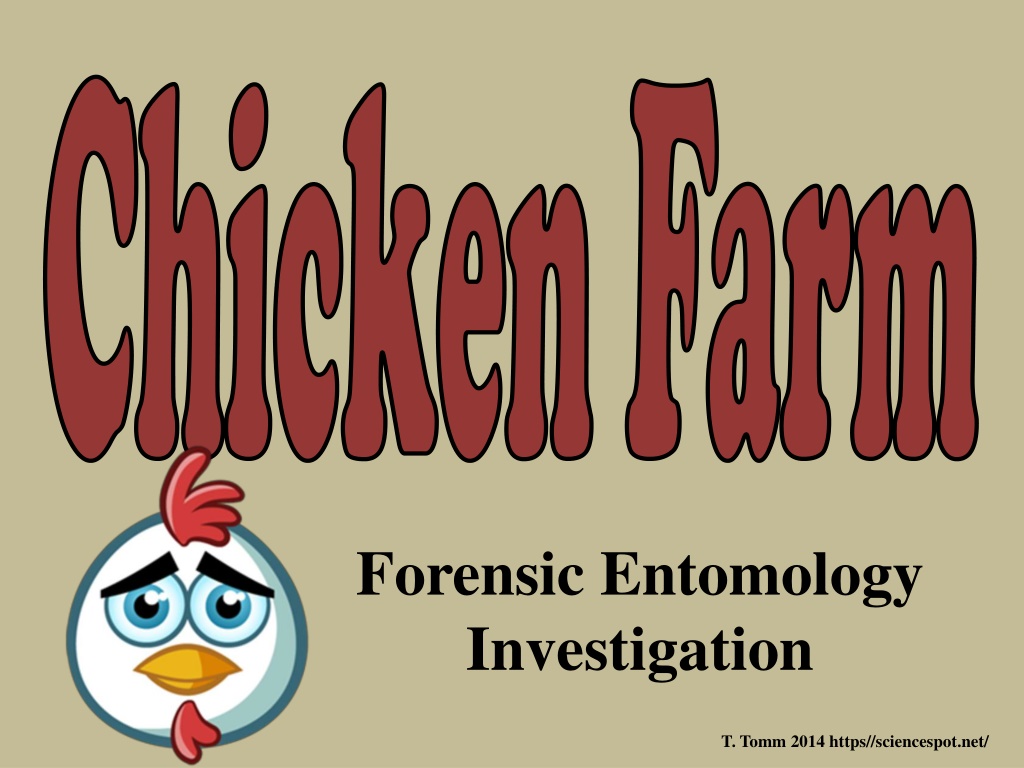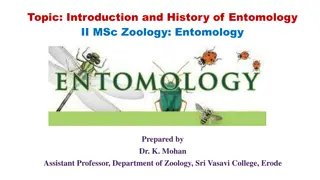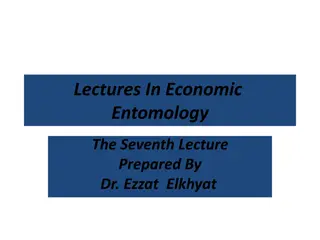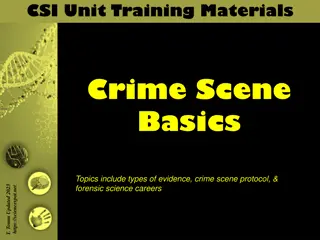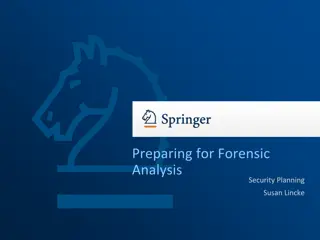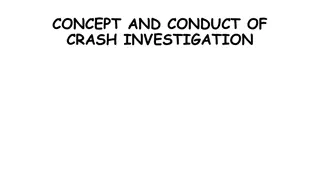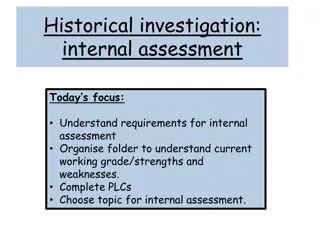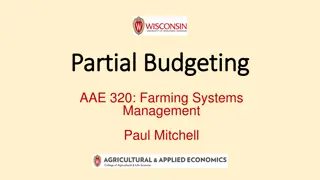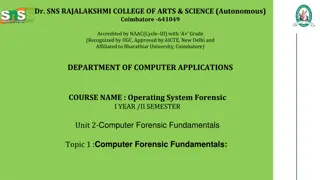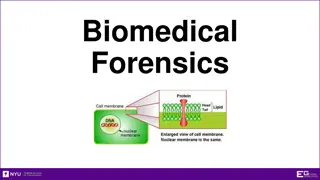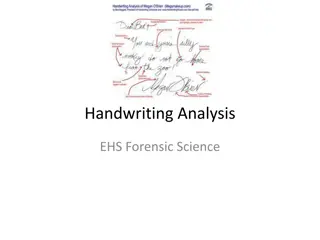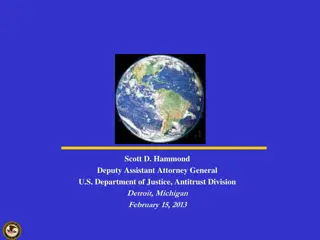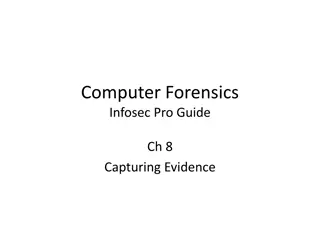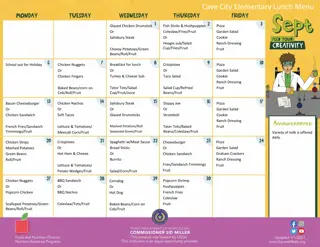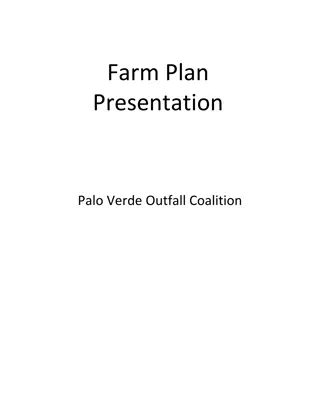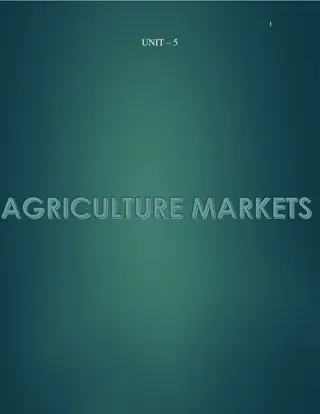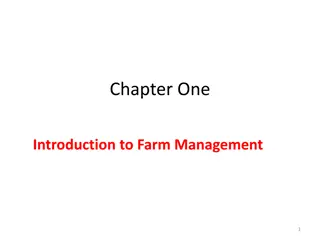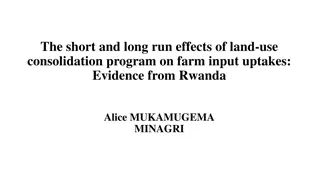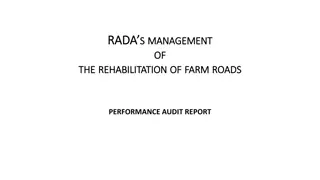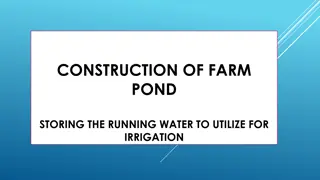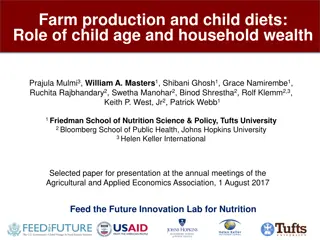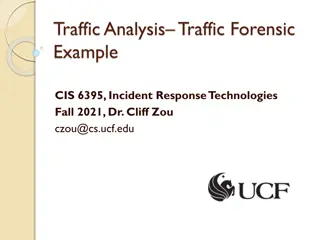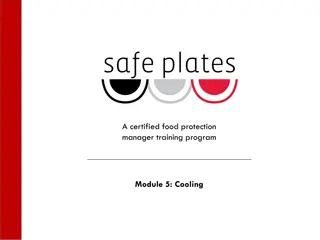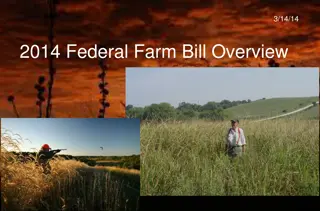Chicken Farm Forensic Entomology Investigation - Tomm 2014
Explore a unique investigative study at a chicken farm involving forensic entomology techniques to analyze insect activity on buried chicken legs. Understand the life cycle of flies, collect and analyze data, make predictions on maggot activity, and discuss findings through observation and data collection.
Download Presentation

Please find below an Image/Link to download the presentation.
The content on the website is provided AS IS for your information and personal use only. It may not be sold, licensed, or shared on other websites without obtaining consent from the author. Download presentation by click this link. If you encounter any issues during the download, it is possible that the publisher has removed the file from their server.
E N D
Presentation Transcript
Chicken Farm Forensic Entomology Investigation T. Tomm 2014 https//sciencespot.net/
Things to Remember The length of the life cycle varies between different fly species and is dependent on temperature and humidity. Flies have complete metamorphosis, which starts as eggs and hatch into larva (maggots). The larva molt as they grow and will go through several instars before turning into pupa. The adult flies will emerge from the pupa cases to continue the cycle. As we have discussed in previous lessons, the condition of the corpse and its location (environment) will influence the insect activity, such as wrapped in cloth, buried under soil, large wounds, etc. For this activity, we will bury chicken legs in a variety of ways and make observations for the next week to see what evidence we can collect. http://www.cmnh.org/site/Img/ResearchandCollections/InvertZoo/124_blowflylifecycleRW.jpg
What will we do to our chickens? 1st Method of Burial - How will we bury the chicken legs? Data Collected Day & Time Weather precipitation, cloud cover, wind, etc. Teacher Notes: After we decide which 2nd - Data - What data do we need to collect? for the control) and then place them Observations sizes, pupa, adult (species ID if possible), decomposition signs classroom window. Most of the bags 3rd - Make your predictions - Which "leg" will be affected the most by maggot activity? The least? Give reasons for your predictions. insects to access them. The only bag
Chicken Farm Data Weather (Current temp, precip, wind, cloud cover, etc.) Observations Date Time (Life stages observed, larva length, decomposition signs, species ID for adults, etc.)
Discussion Questions 1) Which chicken leg was affected the most by maggot activity? Explain. 2) Which was affected the least? Explain. 3) Were your predictions correct? Explain. 4) If we were to try again, what should we do differently?
